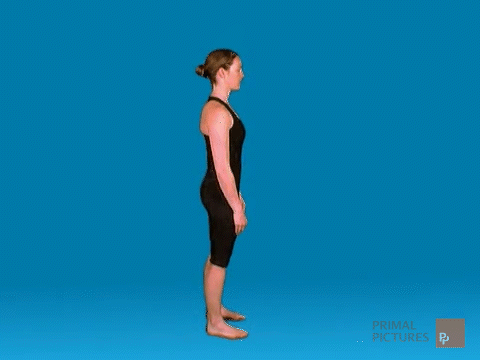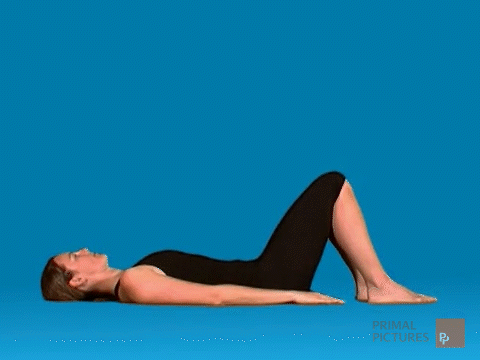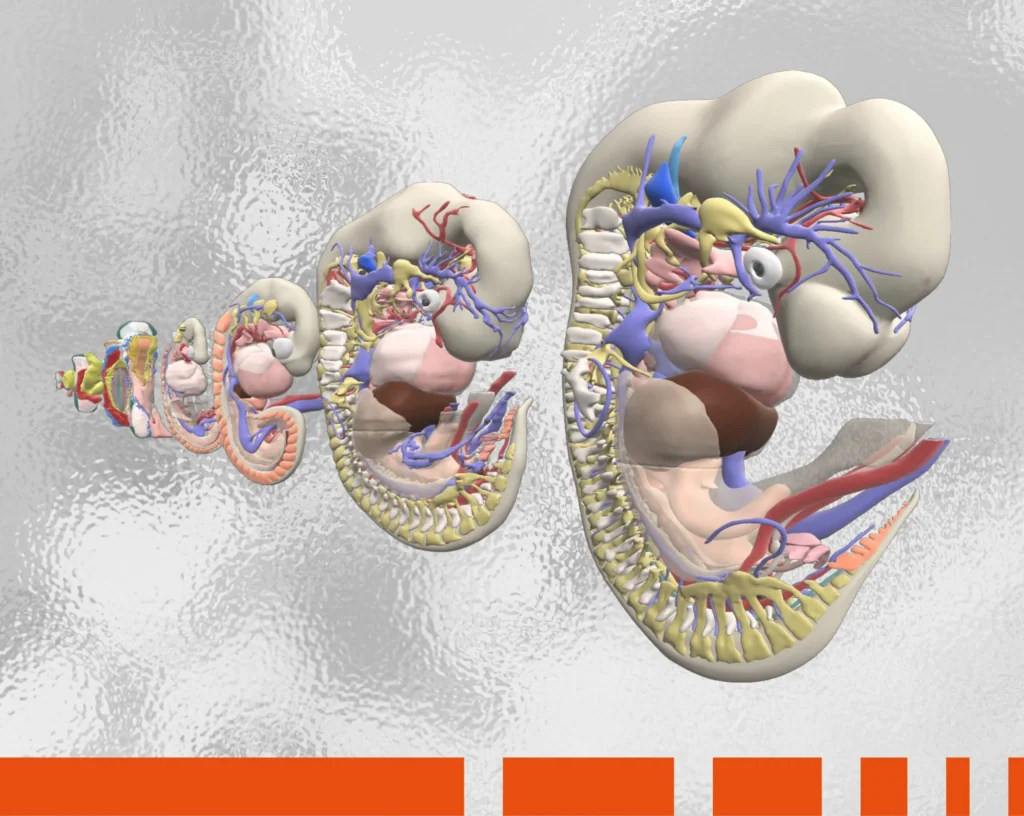Pilates is a “whole-body health” exercise system popular around the world. The first Saturday in May is celebrated as International Pilates Day in order to appreciate and celebrate the practice. This article explains why understanding anatomy is essential in teaching and learning Pilates and how Primal’s Pilates resource helps.
Who invented Pilates?
Founder Joseph Pilates developed the exercise system in the early 20th century. He combined elements of yoga, gymnastics and other exercises to emphasize developing the body’s core muscles. Pilates began as a rehabilitation technique in the UK, later evolving into a body-conditioning method in the US, and is now practiced by over 12 million.
Pilates exercises
Pilates uses approximately 50 simple, yet repetitive, exercises and can be used either as gentle strength training or a vigorous workout. Each exercise is based on stabilizing the core musculature and working through a controlled range of motion.
Below are some of the different types of exercise you can try at home:
-
- Roll down – In a standing position, the body rolls downwards toward the mat to extend the spine and mobilize the hips. This exercise can relieve tension in the neck and shoulders while strengthening the abdominal muscles.

- Standing arm circles – With hands by your side, raise them and circle around your head. Then move your hands back to the side. This exercise helps to gain flexion of your arms – and flexion, rotation and elevation of the shoulder – thereby toning the muscles in your shoulders and arms.

- Spine curls – Lie on your back with your knees bent. Then curl your spine off the mat slowly until it moves off the mat up to the top of the shoulder blades. This will extend your thigh at the hip and cause flexion of the lumber spine, which is particularly effective for back pain and stiffness.

- Roll down – In a standing position, the body rolls downwards toward the mat to extend the spine and mobilize the hips. This exercise can relieve tension in the neck and shoulders while strengthening the abdominal muscles.
Depending on the routine, Pilates can either be performed on a mat or using an apparatus such as a reformer – a bed-like structure consisting of a pulley system and springs with varying degrees of tension. Used by everyone from beginners to athletes, the reformer can hold the body off the platform, requiring more strength and engagement to perform the exercise movements.
Pilates benefits
The benefits of Pilates are numerous. Pilates can improve muscular endurance and flexibility, can prevent axial musculoskeletal injury, and can improve balance, walking, respiratory and cognitive functions in patients with multiple sclerosis (MS). Practicing Pilates can also help reduce stress, manage pain and improve posture.
Another reason Pilates is so beneficial is that it is an integrated approach to movement that requires activity and awareness throughout the whole body in every exercise. Exercises are chosen strategically: Less work is done to the regions that are being overworked in everyday life, while more work is done to the underworked regions. Where movement is restricted, freedom of movement is encouraged. Where movements are uncontrolled, stability is the focus.
Why anatomical knowledge is essential in Pilates
By learning more about the anatomy of the body, we can understand more about how it moves. To use different types of Pilates apparatus correctly without causing any injuries, it is crucial to have a this understanding.
Pilates teachers need to understand which muscles are active, the required movements and the forces needed. They need to understand the nervous system as it connects our brain to our muscles – useful when dealing with neural tension, sciatica or carpal tunnel syndrome. They also need to be aware of their client’s past injuries or pain points. Without this knowledge, it can be challenging to provide effective cues and corrections.
Here are six principles of Pilates that a teacher should be familiar with:
-
- Breathing – Knowing the muscles involved in breathing can help optimize the inhalation and exhalation process. When we learn how to breathe more effectively within movement it helps both the mind and body to relax, recharge and focus.
- Concentration – An awareness of basic functional anatomy helps us understand and concentrate on the targeted muscles for each exercise, so we can improve the way the body moves in everyday life.
- Control – Each movement involved in a Pilates exercise should be performed purposefully with precision and control.
- Centering – A focus on the body’s center or core. Understanding how the core stabilizing complex (lumbopelvic, lumbothoracic, scapular stabilizing complex) works helps use the correct core muscles.
- Flow – Pilates movements develop longer, leaner muscles that are stronger through their entire range, which in turn results in a more efficient movement system across the whole body. Understanding the basic physiology of the muscle toning process helps control how tense the muscle should be during each exercise.
- Precision – A good knowledge of anatomy allows accurate targeting of the muscles during exercise and improves the whole body more effectively.
How Primal can help
Primal’s 3D Human Anatomy for Pilates resource – created in partnership with Pilates World University – helps instructors and students understand the anatomical basis of Pilates. With the help of the product’s interactive 3D views, animations and videos of individual exercises, instructors can ensure accurate learning and technique. Features include:
-
- A curated selection of interactive 3D views with in-depth and detailed explanatory text.
- Interactive, rotatable 3D animations of muscle movements to help visualize and understand muscle function.
- Downloadable videos of muscle movement to enliven presentations, and global save, share and embed features.
- A library of Pilates videos from basic preparatory to classical matwork exercises to relate your knowledge to real life.
- An overview of key Pilates principles with explanatory texts focused on preparatory and mat work exercises.

It is perfect for the following:
-
- Pilates instruction
- Athletic training
- Occupational therapy
- Physiatry
- Physical therapy / Physiotherapy
- Personal training
- Sports science
The videos used in this post have been taken from Primal’s 3D Human Anatomy for Pilates. To learn more about this or other Primal learning resources – please fill in the form here and our team will be in touch.

